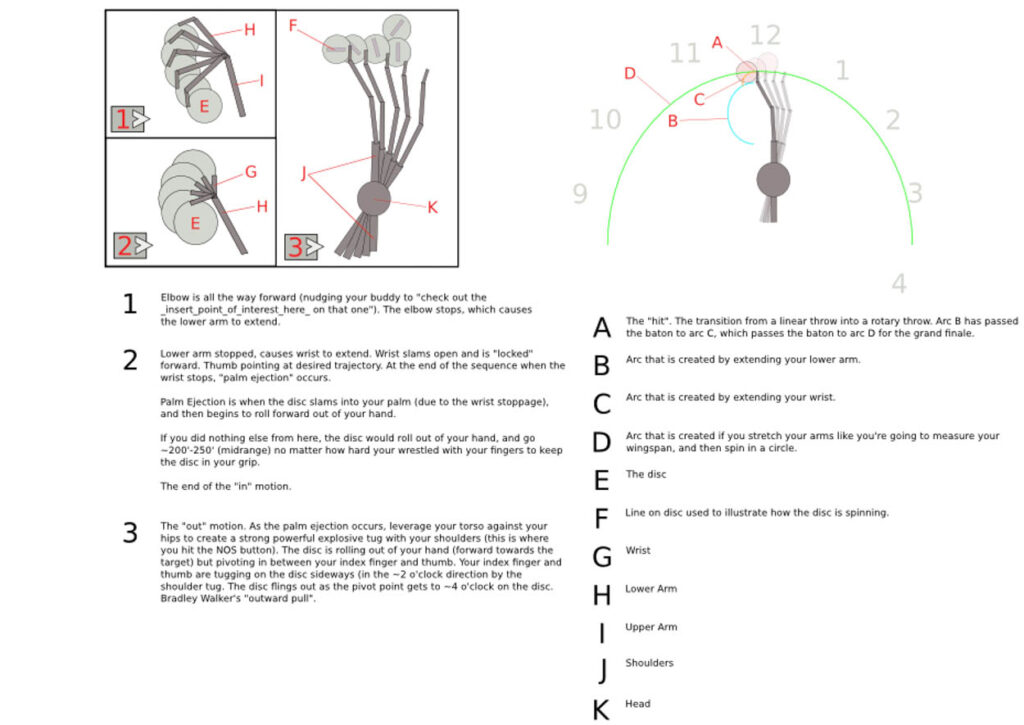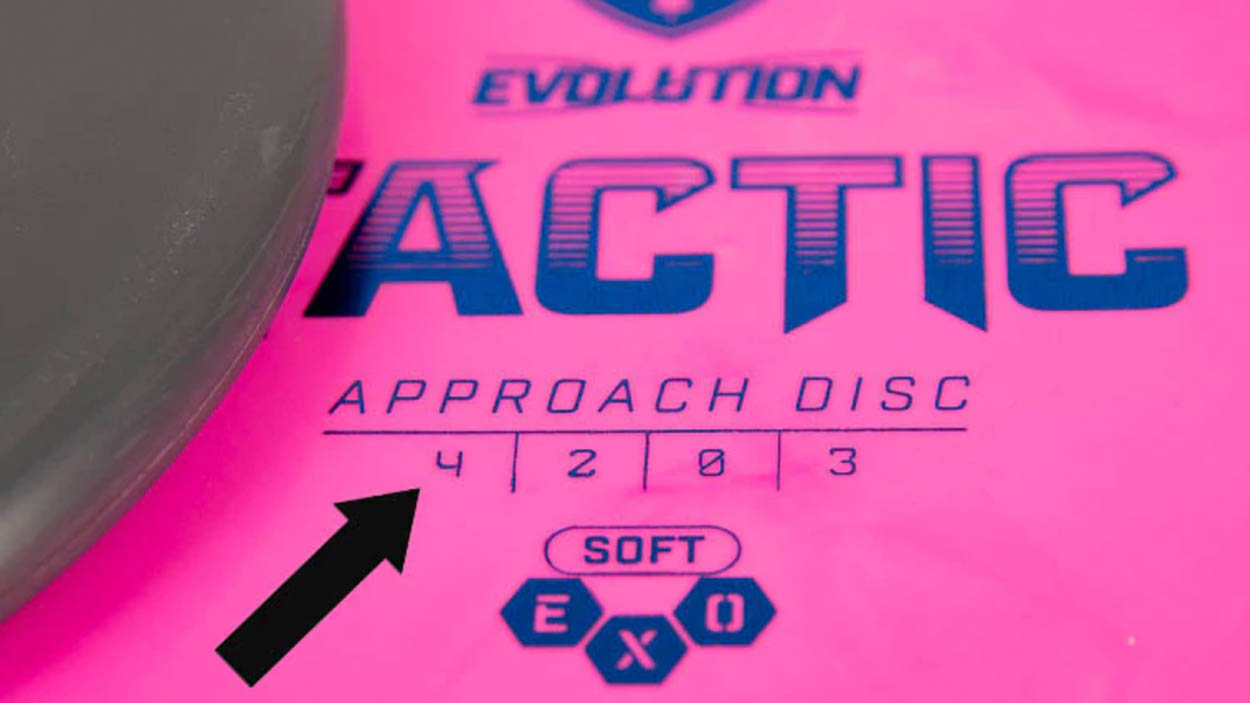Ok, so you want finally want to learn about disc golf speed ratings and how they impact the flight of your disc.
Dope. You’ve come to the right place.
I’ll also be talking about the biggest mistake players make when selecting discs based on their speed rating (spoiler alert: faster ≠ better).
Grab a hot cup of coffee and settle in.
What is Speed in Disc Golf?
Before I explain it to you, I suggest you watch this video. Bart explains speed better than I ever could:
Simply put, speed in disc golf refers to the ability of the disc to cut through the air. The more aerodynamic a disc, the higher its speed rating.
High-speed discs typically have a sharp beveled edge, and most of their mass is concentrated on the outer rim. This is why most high speed distance drivers have thick rims, as it allows them to keep spinning in the air longer, which results in longer flights.
The Role of Rim Width
The key factor in determining the speed rating of a disc is its rim width. Rim width is the measurement from the leading (outer) edge to the inner rim of the disc. The wider the rim, the higher the speed rating. The maximum allowable rim width by the PDGA (Professional Disc Golf Association) is 2.6 centimeters and depending on the manufacturer, it usually equates to a speed rating of 14.
However, it is crucial to mention that disc manufacturers do not use an industry-standardized scale for speed ratings. This means that one brand’s 10-speed disc may not necessarily be equal to another brand’s 10-speed disc. Despite this, within each brand, higher numbers do equal higher relative speed.
Moment of Inertia and Disc Performance
Understanding the concept of moment of inertia is crucial in grasping the significance of speed ratings in disc golf. In simple terms, moment of inertia is the resistance of an object to rotational motion around an axis. The further the mass is from the axis of rotation, the more energy it takes to set the object into motion.
However, once in motion, the object will continue spinning longer due to its inertia.
In the context of disc golf, discs with more mass concentrated around the perimeter (outer edge) will require more energy to begin spinning but will maintain their spin for a longer period. Conversely, discs with more centrally-focused mass will require less energy to spin but will lose spin more quickly.
Ok, cool. So what does that mean?
Basically, wider-rimmed discs (drivers) require more arm speed to throw but stay in the air longer. Smaller-rimmed discs (putters, mids, etc.) require less arm speed to throw but don’t stay in the air as long.
This YouTube video explains the concept well.
Generate More Snap
Generating snap is a crucial component of disc golf throwing mechanics, directly impacting the flight and distance of the disc.
A well-executed snap greatly increases the speed of the disc, allowing the disc to maintain stability and resist turning over or fading prematurely. This also makes your disc fly farther. A lot farther.
Improving your snap requires mastering several key aspects of your throwing technique: grip, arm speed, and wrist action. You need to make sure you have a firm, relaxed grip on the disc, generate fast arm speed by engaging your core and rotating your hips, and practice proper wrist action for a clean release.
Check out this image (source) for a visual illustration of generating snap:

MVP Disc Sports Overmold Technology
A good example of utilizing moment of inertia to improve disc performance is MVP Disc Sports’ drivers & overmold technology. They use an ultra-dense plastic blend on the outer rim to concentrate more weight on the perimeter of the disc, resulting in longer and more stable flights.
This technology could potentially produce some of the longest-range drivers on the market, which is already starting to happen.
The Biggest Mistake Players Make with Speed Ratings
The most common mistake that I see beginners making when selecting discs is assuming that more speed = more distance.
This couldn’t be further from the truth.
The reality is that high-speed discs are pretty much only for intermediate and advanced players who have excellent throwing technique. Beginners are better off starting with lower-speed discs that are easier to snap, allowing them to work on their throwing mechanics and develop better skills before leveling up their speed.
Let’s Recap.
Speed ratings in disc golf primarily depend on the width of the disc you are throwing. High-speed discs are more aerodynamic, hold their spin longer, and are best suited for experienced throwers. It’s crucial for beginners to avoid the mistake of throwing high-speed discs, and instead focus on developing their throwing technique with lower-speed discs (preferably very stable ones.)
This article is the first in a four-part series covering disc golf disc ratings and numbers. Make sure to check out my article on disc golf glide ratings next, and then check out my article on how turn effects disc stability.

